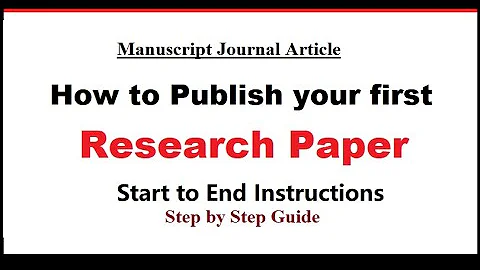
Dr. Leigh Gabel, the first author of this research paper (Source: Author of the paper). Photo courtesy of Springer Nature
China News Service, Beijing, July 1 (Reporter Sun Zifa) Springer Nature's open-access academic journal "Scientific Reports" recently published a space health research paper stating that researchers conducted A study found that astronauts who flew in space for more than three months may show signs of incomplete bone recovery even a year after returning to Earth, but adding more resistance-based exercise during the spaceflight, or Helps reduce bone mass loss.

Pictures of astronaut wrist bones scanned in this study (Source: Author of the paper). Photo courtesy of Springer Nature
Corresponding author of the paper , Steven K. Boyd of the University of Calgary, Canada, and colleagues collaborated with NASA and others to scan 17 astronauts ( 14 men, 3 women) before space flight, after returning to Earth, and after 6 months and 12 months of recovery. They performed bone scans of the tibia and radius (forearm) to calculate fracture resistance (failure load), bone mineral content, and tissue thickness. They also recorded exercises such as cycling, treadmill running and deadlifts performed by the astronauts during and after the flight.
A year after the flight, the median result for 16 of the astronauts showed incomplete recovery of the tibia. The median tibial failure load (measured by measuring bone strength) dropped from 10,579 Newtons before the flight to 10,427 Newtons one year later, a decrease of 152 Newtons. Overall bone density decreased by 4.5 mg per cubic centimeter compared to the preflight level of 326.8 mg per cubic centimeter. There were no differences in the forearm measurements of all astronauts after 12 months of recovery compared to before the flight. The author of the
paper observed that astronauts (8 in total) who performed missions for more than 6 months had significantly less bone recovery. Compared with before the flight, the median tibia failure load of these astronauts on missions of more than 6 months was reduced by 333.9 N after one year, while the failure load of astronauts on missions of less than 6 months (nine) was reduced. 79.9 cattle. Similar differences were seen in overall tibial bone density. Overall, nine astronauts (seven on long-duration missions) did not fully regain overall tibia bone density after 12 months.

The corresponding author of this research paper is Dr. Steven K. Boyd (Source: Author of the paper). Image courtesy Springer Nature
Among all astronauts who completed more deadlift training during the flight (relative to pre-flight personal training), researchers determined that they regained tibial bone density. The authors of the paper propose that, together with existing exercise methods, jumping resistance exercise provides high-impact dynamic loads to the legs, which may help prevent bone loss and promote bone formation during space missions. (End)
Source: China News Network





















